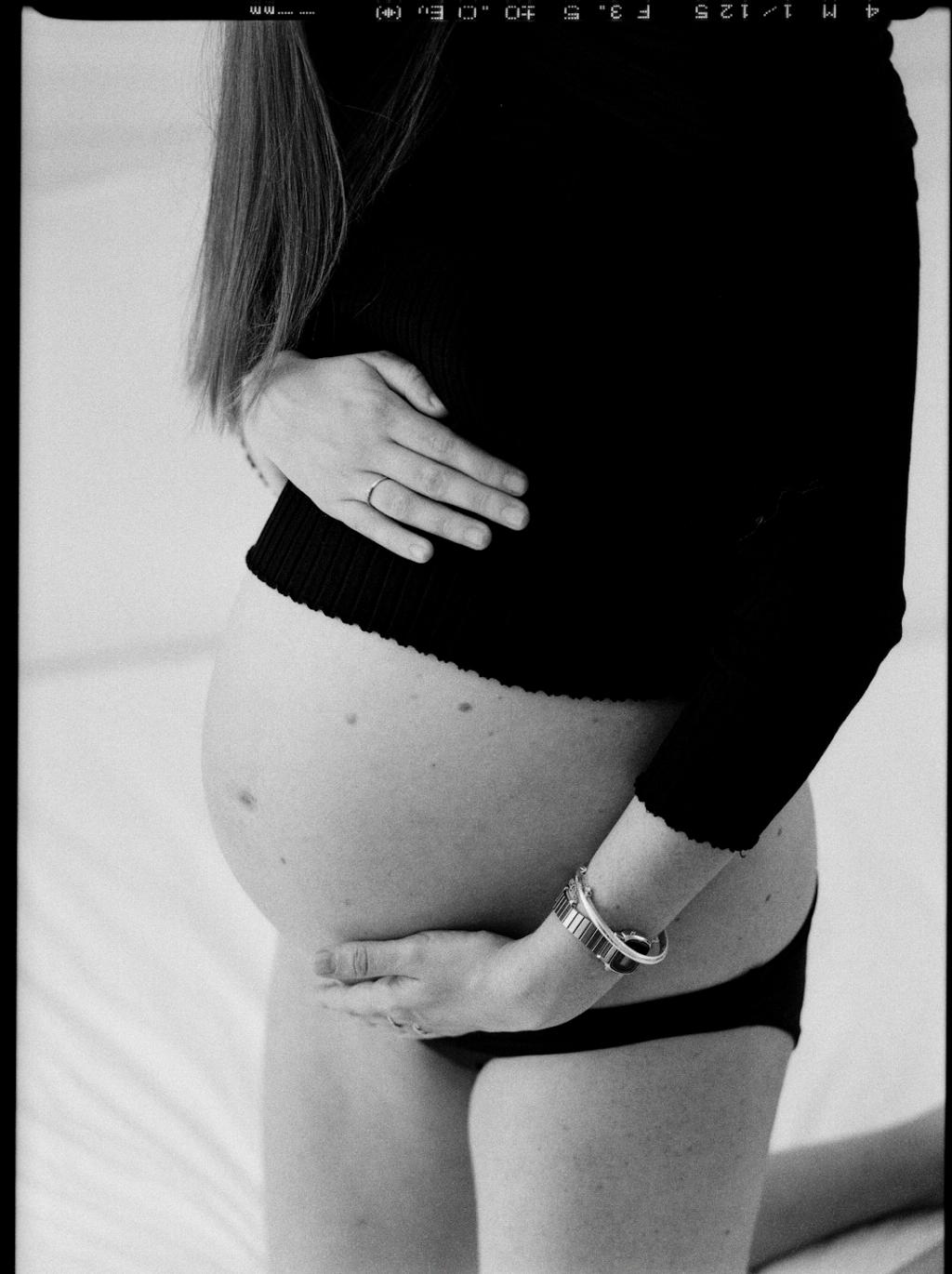Dealing with piles during pregnancy can be a discomforting experience for many expectant mothers. The hormonal changes and increased pressure on the veins in the pelvic area during pregnancy can lead to the development or worsening of hemorrhoids. However, there are several ways to manage and alleviate the symptoms of piles during this crucial period.
1. Take Frequent Breaks
One of the key strategies to ease the discomfort of piles during pregnancy is to take frequent breaks from sitting. Prolonged periods of sitting can exacerbate hemorrhoid symptoms. Consider using a hemorrhoid pillow, also known as a ring cushion or doughnut, to provide support and relieve pressure on the affected area.
2. Use Over-the-Counter Remedies
Over-the-counter remedies can be a convenient option for managing hemorrhoids during pregnancy. There are various creams, ointments, and pads available that can help reduce itching, swelling, and discomfort associated with piles. However, it is essential to consult with a healthcare provider before using any medications to ensure they are safe for use during pregnancy.
3. Witch Hazel Medicated Pads
Applying witch hazel medicated pads to the anal area can provide relief from hemorrhoid symptoms. Witch hazel has natural anti-inflammatory properties that can help reduce swelling and soothe discomfort. These medicated pads are a gentle treatment option that is considered safe for use during pregnancy.
4. Consult a Healthcare Provider
If you are experiencing severe or persistent hemorrhoid symptoms during pregnancy, it is advisable to consult a healthcare provider. They can offer personalized advice and recommend a hemorrhoid cream or rectal suppository that is safe and effective for use during this sensitive time.
5. Maintain Good Hygiene
Good hygiene practices are essential for managing hemorrhoids during pregnancy. Ensure that you gently clean the anal area after every bowel movement using mild, unscented soap and water. Avoid using rough toilet paper or wipes that may irritate the sensitive skin.
6. Stay Hydrated
Drinking an adequate amount of water is crucial for promoting regular bowel movements and preventing constipation, which can worsen hemorrhoid symptoms. Stay hydrated throughout the day by drinking plenty of water and consuming fiber-rich foods to support digestive health.
7. Incorporate Physical Activity
Engaging in gentle physical activity, such as walking or swimming, can help improve circulation and reduce the risk of developing or aggravating piles during pregnancy. Regular exercise can also promote overall well-being and alleviate some of the discomfort associated with hemorrhoids.
8. Avoid Straining During Bowel Movements
Avoid straining during bowel movements, as this can increase pressure on the veins in the rectal area and worsen hemorrhoid symptoms. If you are experiencing constipation, speak to your healthcare provider about safe and effective ways to manage it, such as dietary changes or stool softeners.
9. Consider Warm Sitz Baths
Warm sitz baths can provide relief from the discomfort of hemorrhoids by soothing the affected area and reducing inflammation. To take a sitz bath, fill a shallow tub with warm water and soak the pelvic area for about 15-20 minutes. Repeat this process several times a day for optimal results.
10. Maintain a Healthy Diet
Eating a balanced and nutritious diet is important for managing hemorrhoids during pregnancy. Include plenty of fiber-rich foods, such as fruits, vegetables, whole grains, and legumes, in your meals to promote regular bowel movements and prevent constipation.
11. Practice Kegel Exercises
Kegel exercises can help strengthen the pelvic floor muscles and improve circulation in the pelvic area, which may aid in reducing the discomfort of hemorrhoids during pregnancy. Consult with your healthcare provider or a physiotherapist to learn how to perform Kegel exercises correctly.
12. Rest and Elevate Your Feet
Resting and elevating your feet periodically throughout the day can help alleviate the pressure on the veins in the pelvic area and reduce swelling in the affected area. Consider lying down on your side with a pillow placed between your knees to provide support and comfort.

